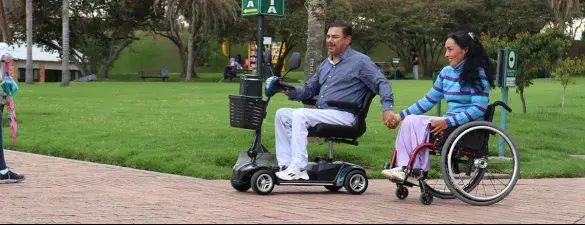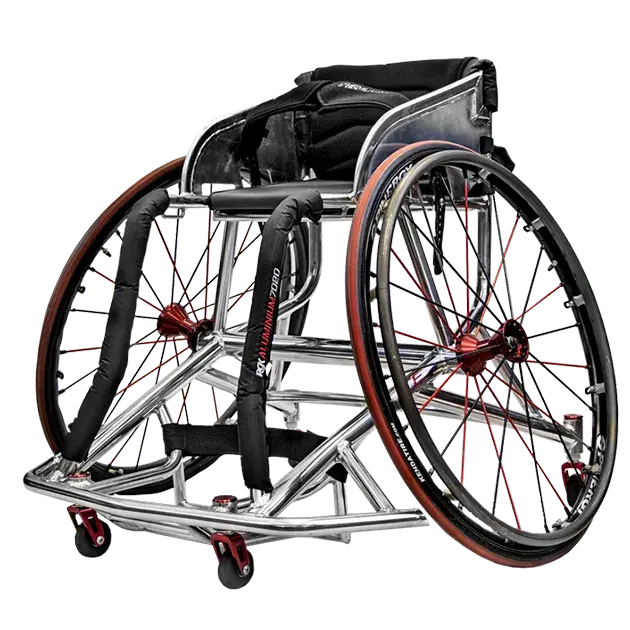Cerebral palsy (CP) is a group of neurological disorders that appear in infancy or early childhood and permanently affect body movement, muscle coordination, and balance. It is the most common motor disability in childhood, affecting an estimated 2 to 2.5 per 1,000 live births worldwide. A significant aspect of cerebral palsy is its impact on mobility. This article aims to elucidate the mobility issues associated with CP and how they can be managed to improve the quality of life of individuals affected by this condition.
Understanding Cerebral Palsy and Its Impact on Mobility
Cerebral palsy is a result of damage to or abnormalities inside the developing brain that disrupt its ability to control movement and maintain posture and balance. The signs and symptoms of CP vary among individuals, but impairment of muscle tone, motor skills, and movements are common across all types.
Muscle Tone Abnormalities
Individuals with CP often experience abnormal muscle tone. Hypotonia (reduced muscle tone) can result in loose, floppy limbs, while hypertonia (increased muscle tone) can cause stiffness and rigidity.
Motor Skill Difficulties
Fine and gross motor skills are commonly affected in CP. Fine motor skills involve smaller movements, like holding a pencil, which can be difficult for those with CP. Gross motor skills involve larger movements, like walking or jumping, which can also be challenging.
Uncontrolled Movements
Some individuals with CP may experience involuntary, uncontrolled movements. These can include tremors, writhing movements, or jerky, abrupt movements, further complicating mobility.
The Impact of Mobility Issues on Quality of Life
Mobility issues in individuals with CP can significantly affect their daily life. Difficulty with movement can interfere with basic tasks such as eating, dressing, and personal hygiene, thus impacting their independence. Mobility issues can also limit participation in social activities, potentially leading to social isolation.
Physical challenges are not the only issues. Mobility restrictions can lead to emotional and psychological distress. Individuals with CP may experience feelings of frustration, anxiety, and depression due to their limited ability to move and participate fully in life's activities.
Enhancing Mobility in Individuals with Cerebral Palsy
Despite these challenges, there are various strategies and treatments that can help enhance mobility and improve the quality of life for individuals with CP:
Physical Therapy
This is a cornerstone of managing mobility issues in CP. Physical therapists use techniques such as exercises, stretches, and other modalities to improve strength, flexibility, balance, and coordination.
Occupational Therapy
Occupational therapists help individuals with CP learn to perform daily activities, like eating and dressing, to promote independence.
Speech and Language Therapy
Some individuals with CP may have difficulty controlling the muscles involved in speech, making communication challenging. Speech and language therapists can help improve these skills.
Assistive Devices
A variety of devices, including braces, walkers, and wheelchairs, can assist with mobility. Adaptive equipment for daily activities, such as special utensils for eating, can also be helpful.
Medication and Surgery
Certain medications can help manage symptoms like muscle spasticity. In some cases, surgical interventions may be considered to improve mobility.
Cerebral palsy, with its impact on mobility, presents significant challenges for affected individuals. However, with a supportive network of healthcare professionals, caregivers, and community resources, along with appropriate therapies and interventions, individuals with CP can navigate these challenges and lead fulfilling, productive lives. Greater awareness and understanding of CP and its associated mobility issues are essential to ensuring the needs of this population are met, and their quality of life is continually enhanced. Moreover, societal understanding, acceptance, and inclusion are critical for the holistic well-being of those with CP. By addressing mobility issues head-on, and by fostering environments that encourage participation and independence, we can ensure that individuals with cerebral palsy are not defined by their condition, but rather, are recognized for their abilities, their resilience, and their potential. After all, a more inclusive and accessible world benefits us all.





